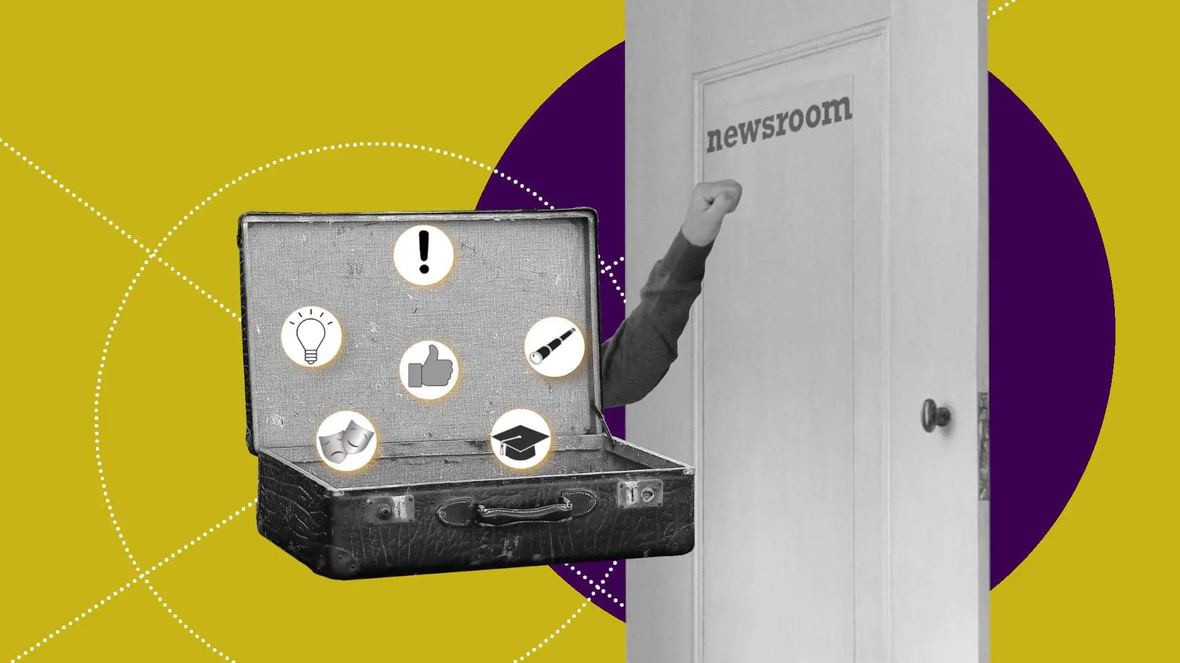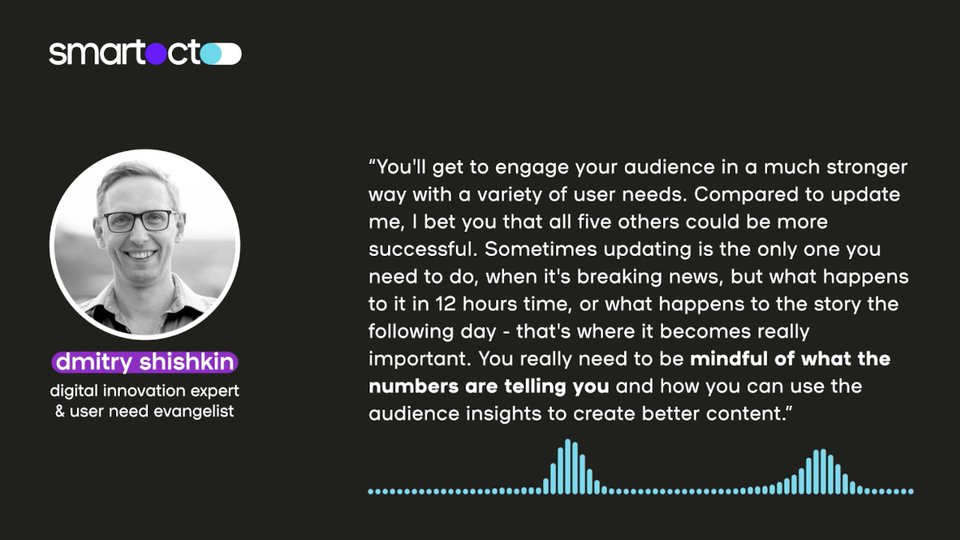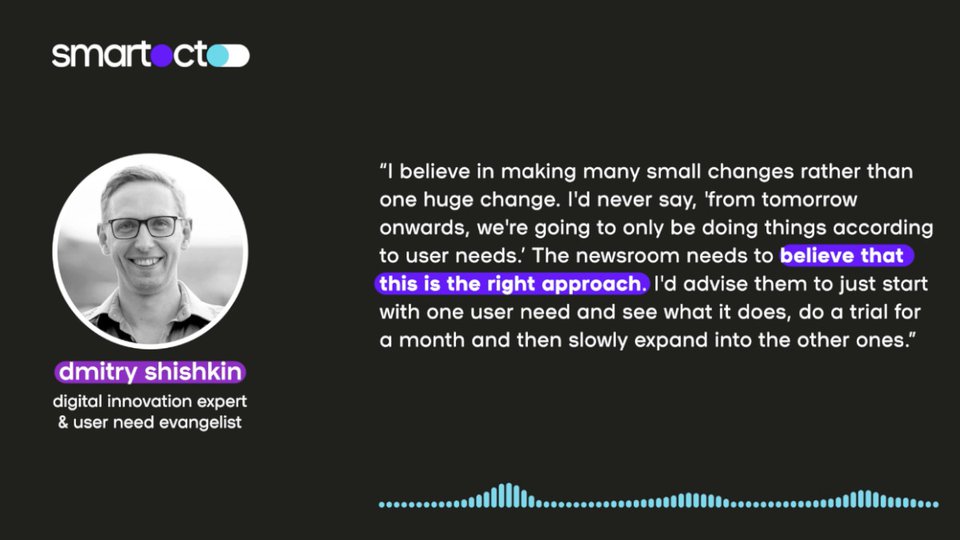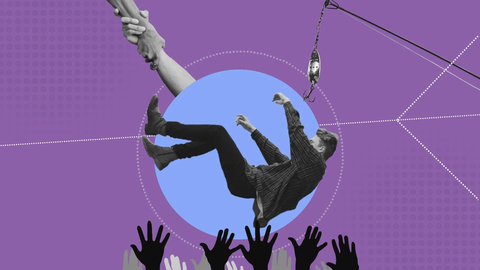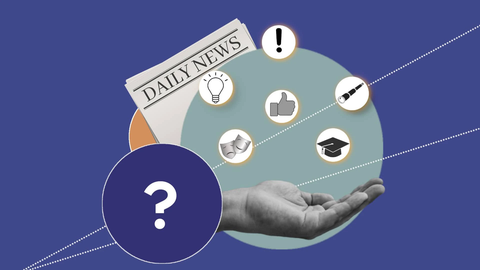Do you want to generate high audience engagement on your news stories and form a bond with loyal readers? Then you've come to the right place: the user needs based storytelling concept was developed to achieve just that.
UPDATE: We created a new User Need Model in March 2023. Check our page and download the whitepaper if you're interested!
Let's face it: digital technology has forced the role of the newsroom to change, and the function of news has changed with it. As have audience behaviours and news consumption patterns. Nowadays, different people need different things from news content. If you want to connect to the audience, you'd better listen to them.
Fortunately, these past years the publishing sector has been learning a lot about this, through audience research, ‘growth hacks’ and constant content iteration. Several models of 'news user needs' have been created in the last few years, many of them built on the groundbreaking work introduced by BBC World Service. Their research revealed six specific needs that global audiences expect to be satisfied when it comes to news coverage. The 2.0 version from smartocto and Dmitry has 2 extra needs and one reframed.
Dmitry Shishkin was one the first advocates of the model at the BBC and oversaw its adoption at their different newsrooms around the world. He partnered with us on the user needs project, and shares his tips and experience.
We did a webinar about the User Needs Model 2.0. Watch the recording!
Not yet familiar with the user needs?
